45 nutrients on food labels
› diseases-conditions › foodFood allergy - Symptoms and causes - Mayo Clinic Dec 31, 2021 · Food poisoning. Sometimes food poisoning can mimic an allergic reaction. Bacteria in spoiled tuna and other fish also can make a toxin that triggers harmful reactions. Sensitivity to food additives. Some people have digestive reactions and other symptoms after eating certain food additives. › pet-food-labels-generalPet Food Labels - General | FDA The first method is for the pet food to contain ingredients formulated to provide levels of nutrients that meet an established profile. Presently, the AAFCO Dog or Cat Food Nutrient Profiles are used.
› health › how-read-food-andHow To Read Food and Beverage Labels | National Institute on ... Feb 24, 2022 · Although frozen and canned fruits and vegetables have food labels, fresh varieties often do not. You can find nutrition information for fresh vegetables and fruits on the USDA website . Or you can call the U.S. Department of Agriculture’s Food and Nutrition Information Center at 301-504-5414.

Nutrients on food labels
› en › ArticlesUnderstanding Food Labels in Canada - Unlock Food Oct 15, 2019 · As of December 2005, all major food companies introduced the new nutrition label on their packaged foods. The main part of the new label is the Nutrition Facts Table, which gives you the following information: Calories and 13 nutrients: Fat, Saturated fat, Trans fat, Cholesterol, Sodium, Carbohydrate, Fibre, Sugars, Protein, Vitamin A, Vitamin C, Calcium and Iron. en.wikipedia.org › wiki › Reference_Daily_IntakeReference Daily Intake - Wikipedia The Reference Daily Intake (RDI) used in nutrition labeling on food and dietary supplement products in the U.S. and Canada is the daily intake level of a nutrient that is considered to be sufficient to meet the requirements of 97–98% of healthy individuals in every demographic in the United States. › food › nutritionThe Basics of the Nutrition Facts Label Mar 04, 2022 · Percent DV are for the entire day, not just one meal or snack. Daily Values are average levels of nutrients based on a person who eats 2,000 calories a day. A food item with a 5% DV of fat provides 5% of the total fat that a person who needs 2,000 calories a day should eat. You may need more or less than 2,000 calories per day.
Nutrients on food labels. › food › new-nutrition-facts-labelDaily Value on the New Nutrition and Supplement Facts Labels Feb 25, 2022 · Which Nutrients Are Required to Be Listed on the Nutrition and Supplement Facts Labels? The Nutrition Facts label must list total fat, saturated fat, trans fat, cholesterol, sodium, total ... › food › nutritionThe Basics of the Nutrition Facts Label Mar 04, 2022 · Percent DV are for the entire day, not just one meal or snack. Daily Values are average levels of nutrients based on a person who eats 2,000 calories a day. A food item with a 5% DV of fat provides 5% of the total fat that a person who needs 2,000 calories a day should eat. You may need more or less than 2,000 calories per day. en.wikipedia.org › wiki › Reference_Daily_IntakeReference Daily Intake - Wikipedia The Reference Daily Intake (RDI) used in nutrition labeling on food and dietary supplement products in the U.S. and Canada is the daily intake level of a nutrient that is considered to be sufficient to meet the requirements of 97–98% of healthy individuals in every demographic in the United States. › en › ArticlesUnderstanding Food Labels in Canada - Unlock Food Oct 15, 2019 · As of December 2005, all major food companies introduced the new nutrition label on their packaged foods. The main part of the new label is the Nutrition Facts Table, which gives you the following information: Calories and 13 nutrients: Fat, Saturated fat, Trans fat, Cholesterol, Sodium, Carbohydrate, Fibre, Sugars, Protein, Vitamin A, Vitamin C, Calcium and Iron.
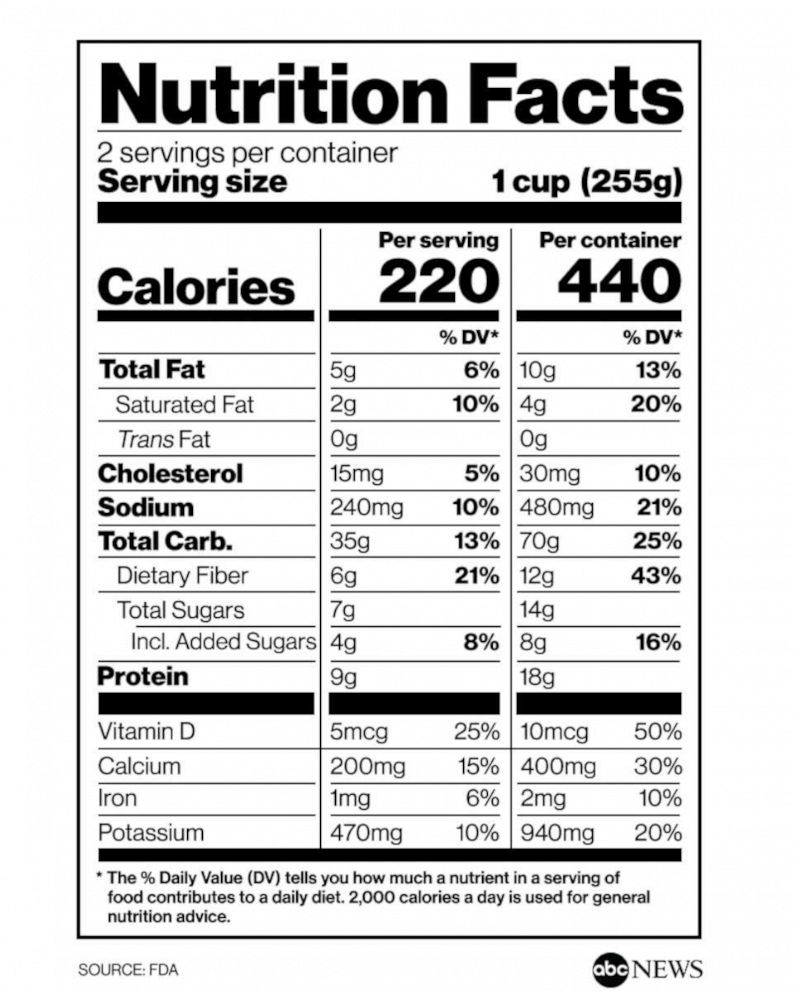


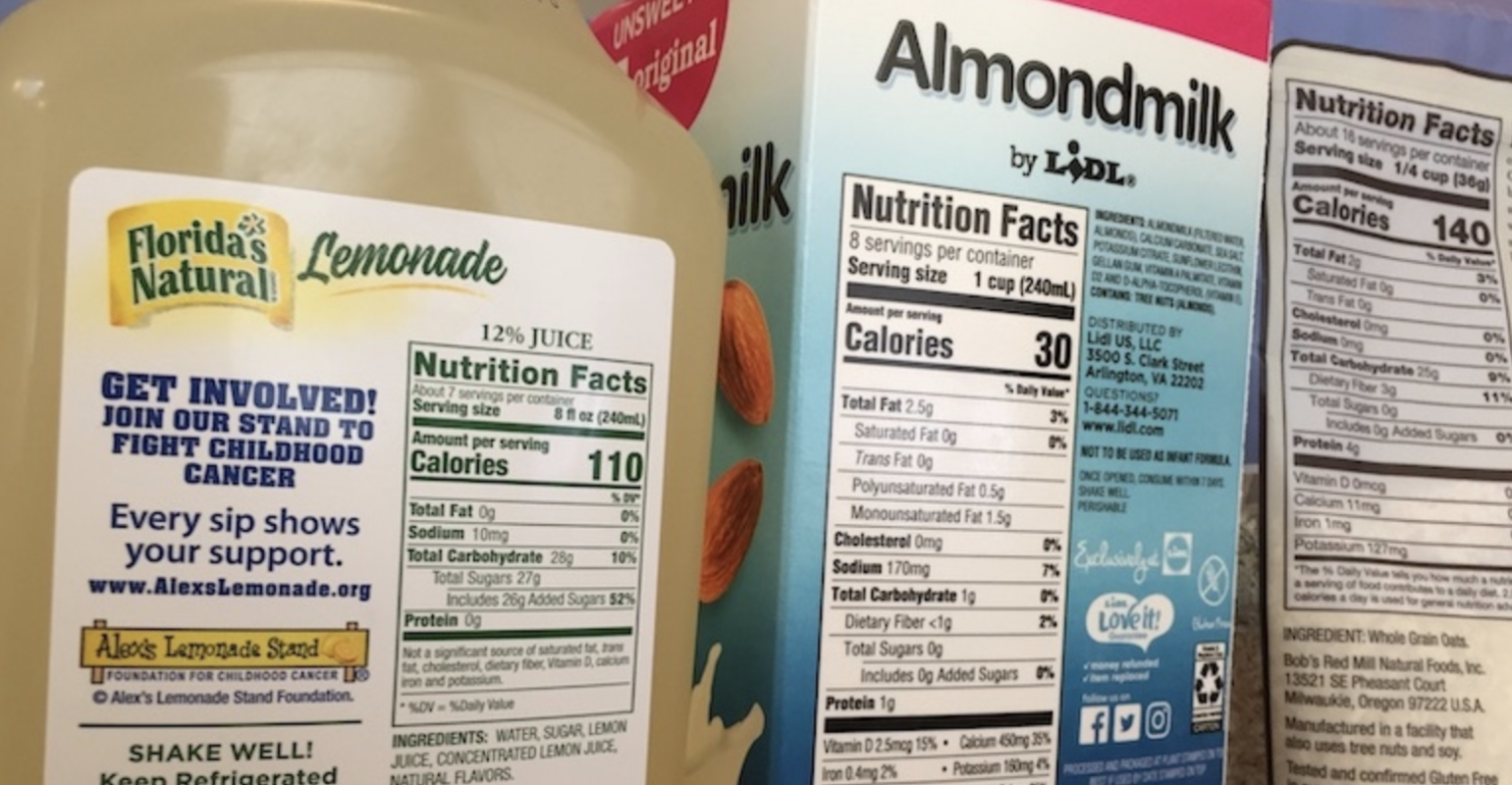



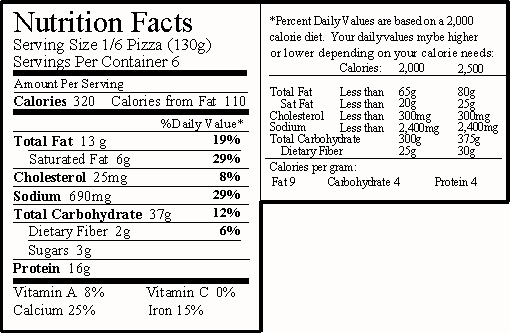




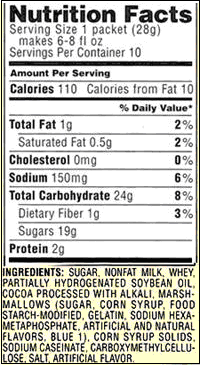



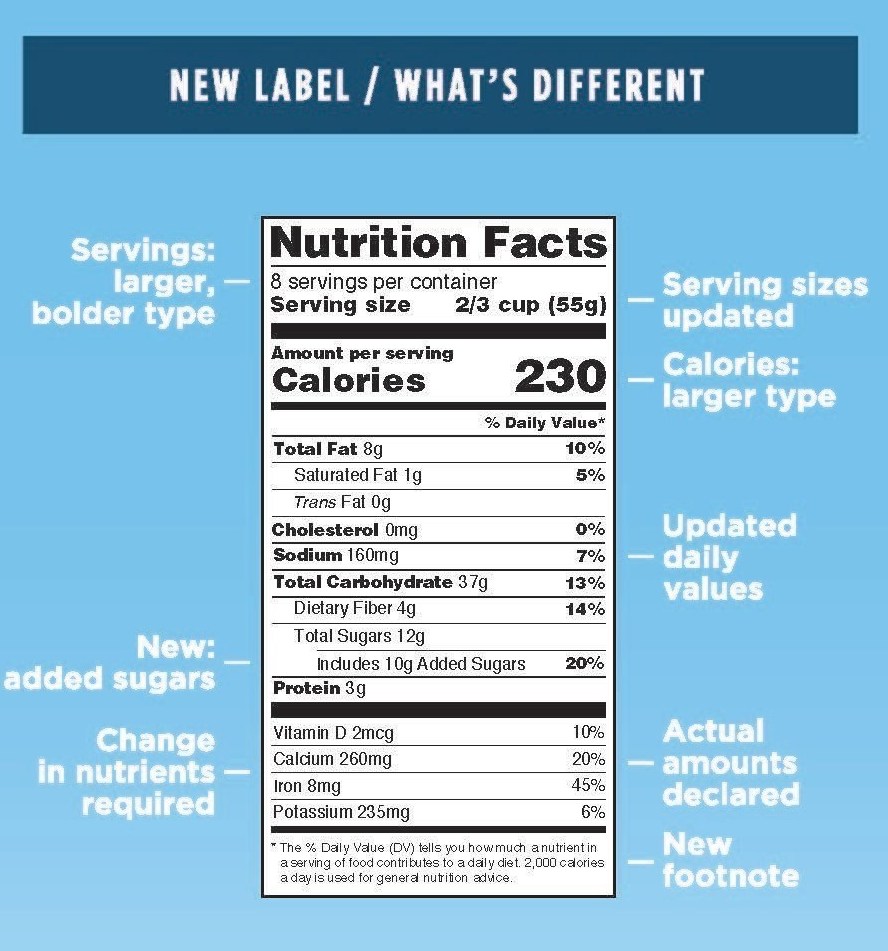



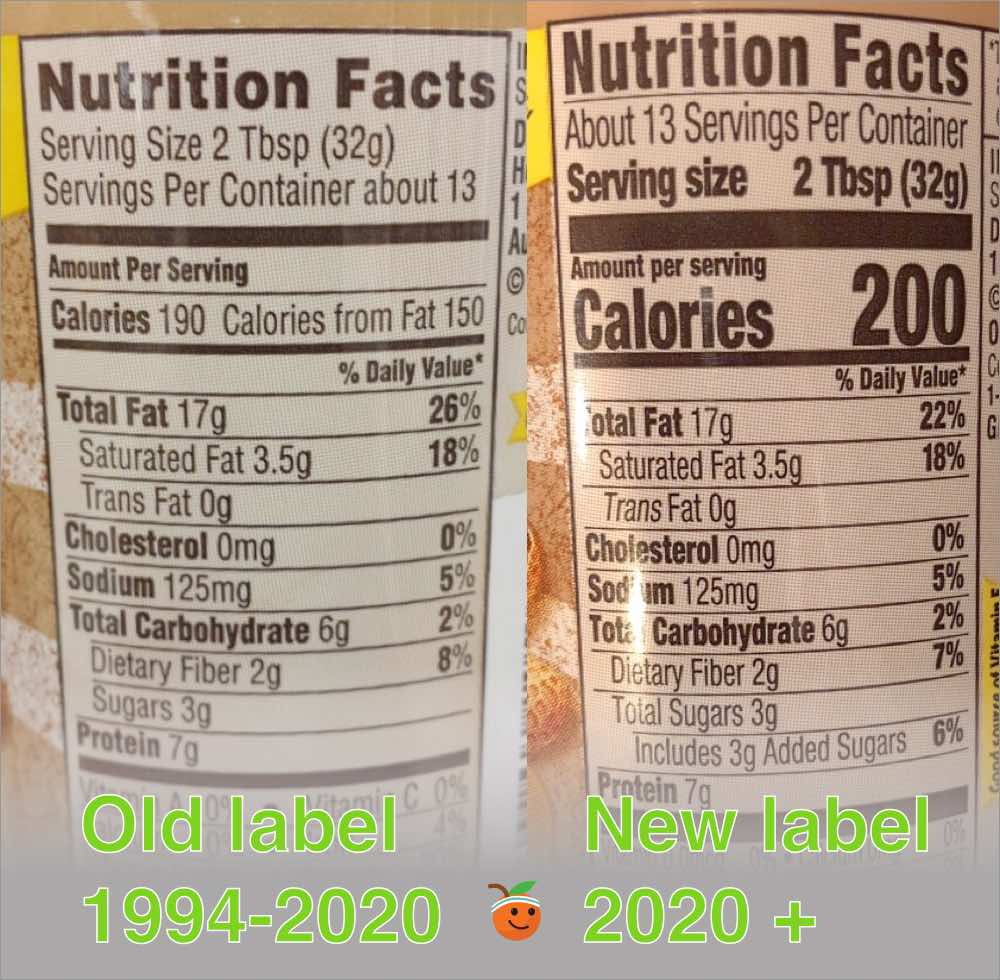


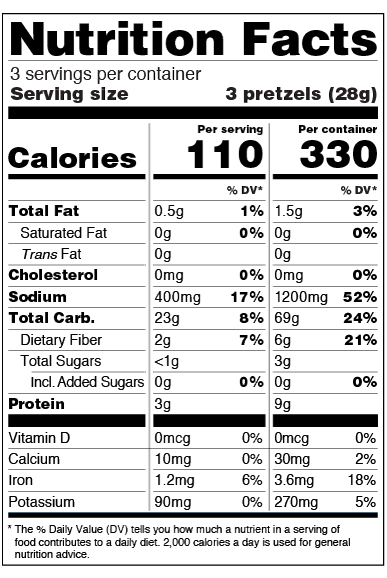




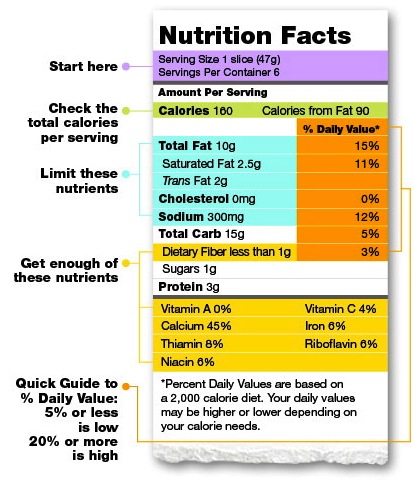
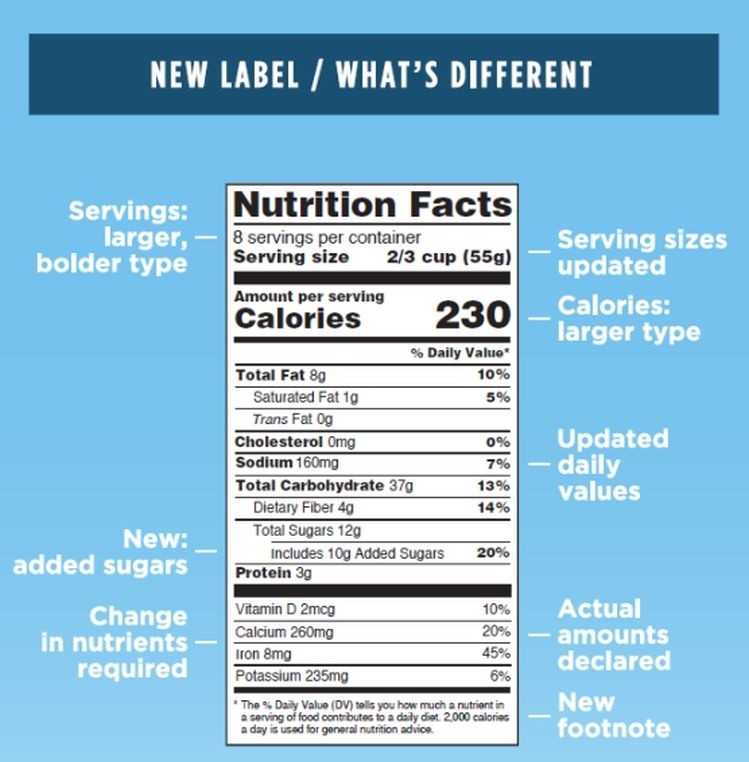
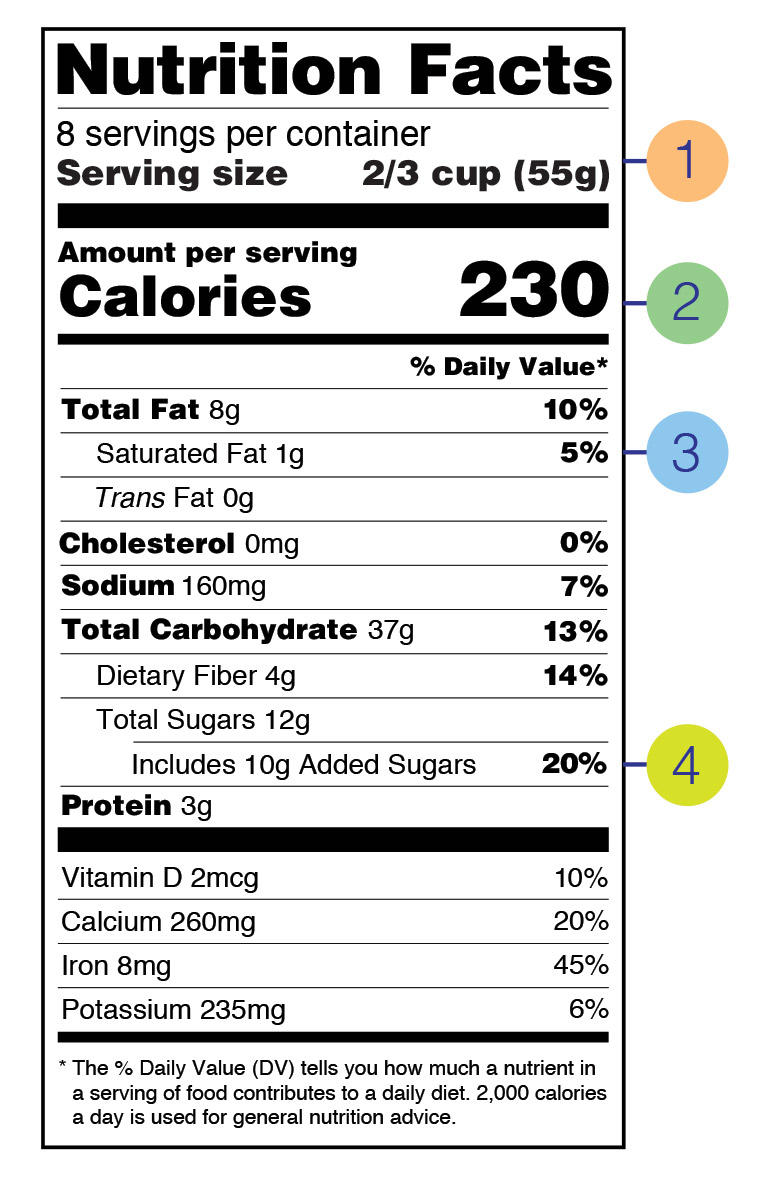

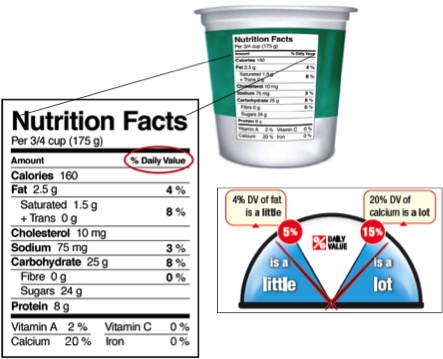
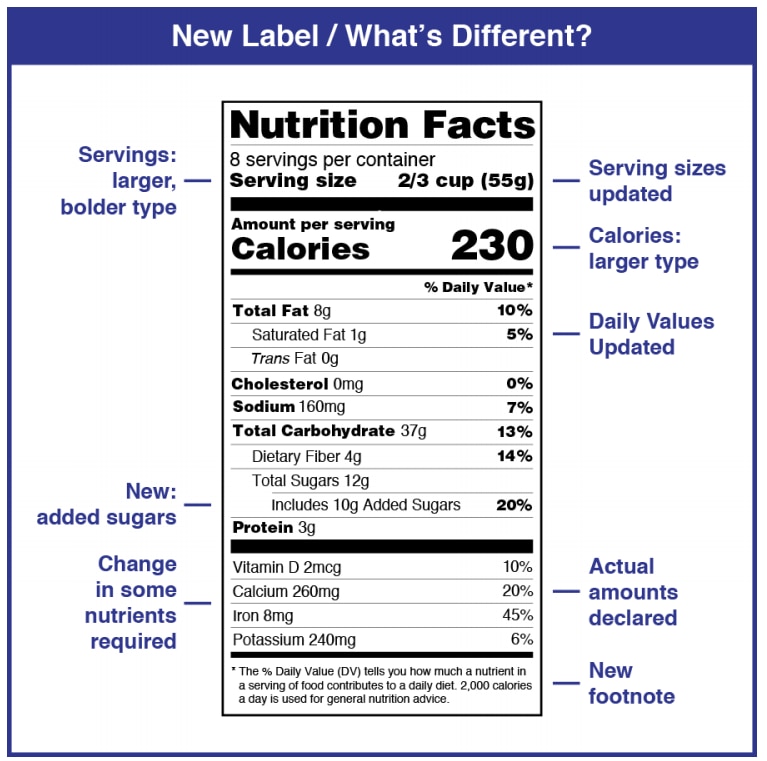
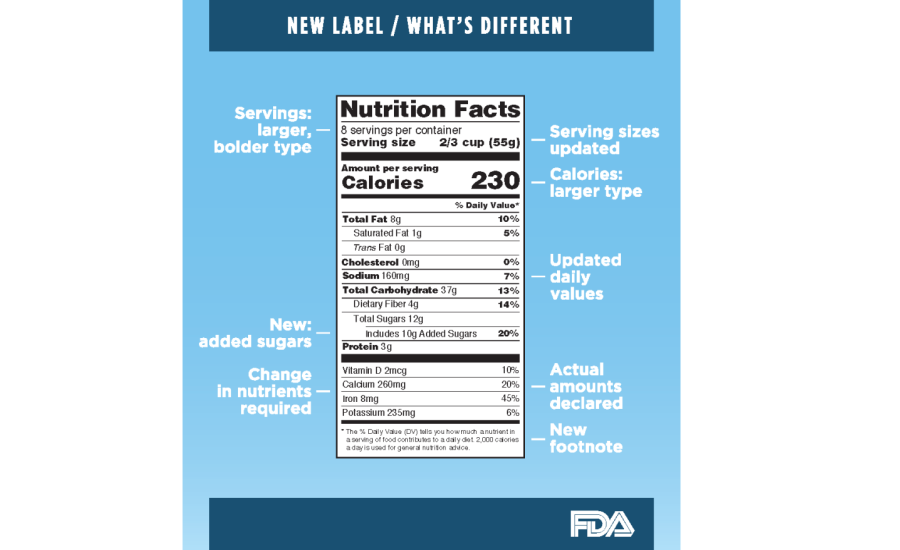

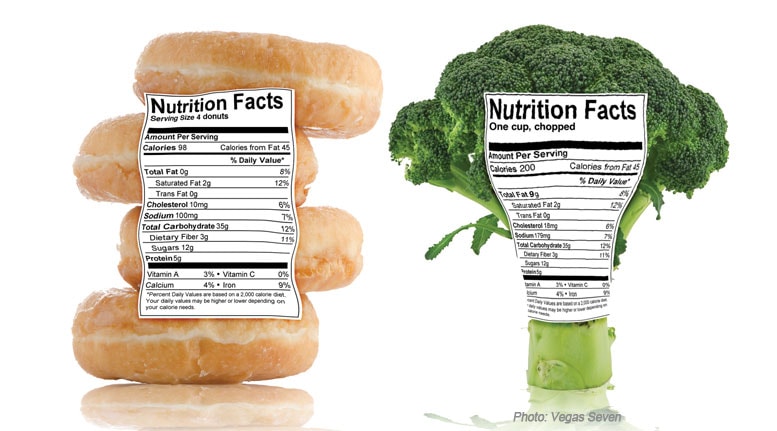
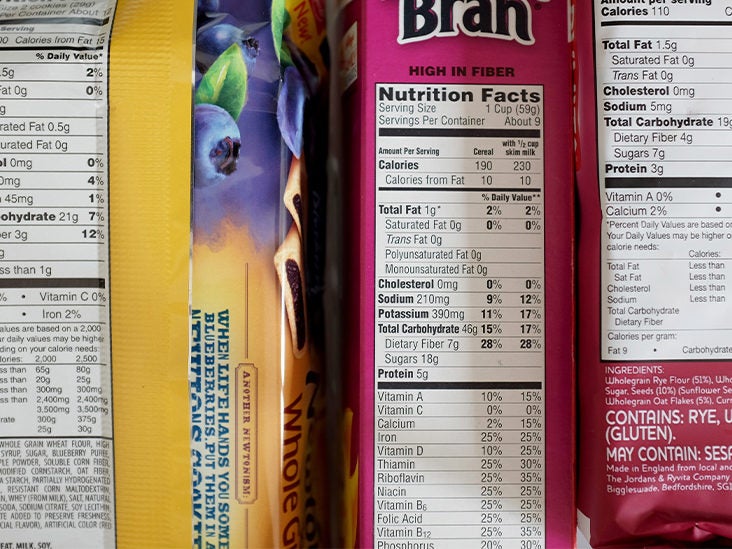
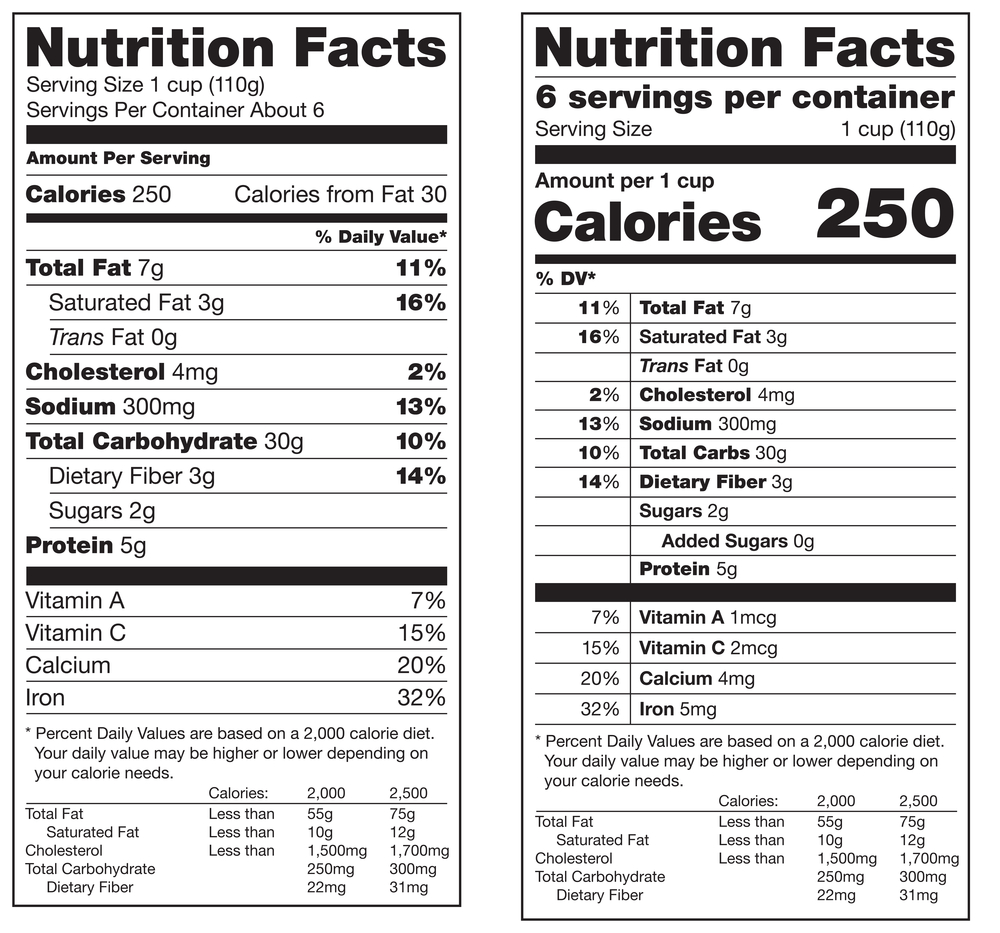



Post a Comment for "45 nutrients on food labels"